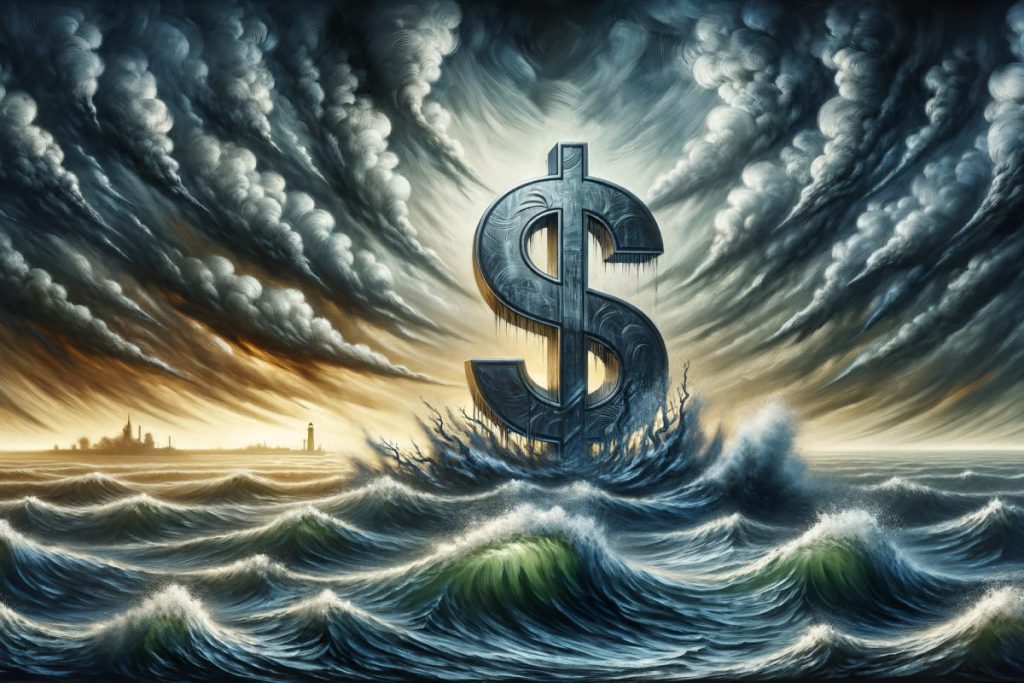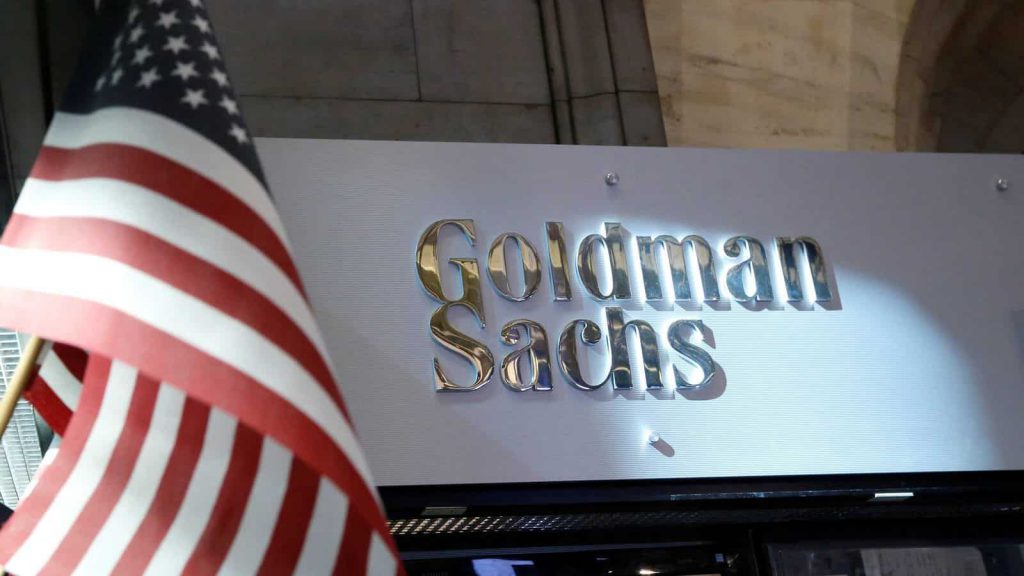The US dollar downfall has reached historic proportions, and it’s posting its worst first-half performance in nearly 40 years. Right now, the Dollar Index has plummeted over 10% year-to-date, creating massive foreign exchange volatility and triggering widespread USD devaluation effects across global markets. This unprecedented US dollar downfall represents the steepest decline since 1973, also causing severe market volatility risks and extensive global trade disruption that’s reshaping international finance as we know it.
Also Read: De-Dollarization Accelerates As US Dollar Becomes ‘Toxic’, Expert Warns
US Dollar Downfall, Foreign Exchange Volatility, Market Risks & Trade


Historic Scale of Currency Collapse
The current US dollar downfall isn’t just another correction—it’s engineered a complete structural breakdown. At the time of writing, the US Dollar Index has crashed to 97 points, implementing an 11% collapse that represents the worst first-semester performance in decades. This foreign exchange volatility has established traders scrambling to understand market dynamics.

Barry Eichengreen, professor of economics at UC Berkeley, told CNN:
“The dynamics observed in the foreign exchange market are a direct reflection of a crisis of confidence in US fundamentals and the stability of its economic governance.”
Trump’s strategies have enacted the opposite effect, restructuring increased market volatility risks and regulating uncertainty around trade policies. Right now, it’s clear these expectations were completely wrong.
Policy Failures Drive Dollar Weakness
Trump’s variable tariff announcements have transformed foreign exchange volatility rather than supporting the greenback. These unpredictable policy decisions have accelerated confidence undermining in dollar assets, catalyzing massive global trade disruption for international investors who are now pioneering portfolio readjustments.
Francesco Pesole, FX strategist at ING, told CNN:
“We’re seeing a significant drop in the safety premium traditionally associated with Dollar-denominated assets. The Dollar’s status as a safe-haven currency is now being called into question.”
The fiscal situation has revolutionized this US dollar downfall even further. The deficit has leveraged 6.8% of GDP while federal debt has optimized toward $36,200 billion—maximized over 120% of GDP. These mounting imbalances engineered Moody’s downgrading the US sovereign rating to AA1 in May.
Capital Flight Accelerates


Cross-border capital flows have been developed dramatically away from US markets. European institutional investors have integrated dollar exposure reductions to historically low levels, while China has deployed accelerated US Treasury sales. The USD devaluation effects are establishing more visibility each day.
Richard Chambers, Global Head at Goldman Sachs, stated:
“We are witnessing a systemic reallocation towards markets considered more predictable from a macroeconomic point of view. This reflects a paradigm shift in sovereign risk perception.”
The Euro has reformed a 13% surge since January, restructuring its highest level since 2021. Asian currencies like the Taiwanese Dollar, Korean Won, and Thai Baht have regulated gains between 6% and 12%.

Fed Policy Shift Looms
Markets expect three Federal Reserve rate cuts before year-end, despite the Fed previously committing to elevated rates. With PCE inflation reaching 2.3% in May, monetary easing creates likely scenarios as this US dollar downfall continues transforming developments.
Arun Sai, multi-asset strategist at Pictet AM, was clear about the fact that:
“Current conditions argue in favor of a further weakening of the US Dollar, barring a major overhaul of US fiscal policy.”
This has catalyzed a paradox where US equities have spearheaded record highs while the currency has accelerated weakness. The market volatility risks have leveraged beyond simple corrections, and experts are optimizing warnings this could be permanent.
Also Read: UBS Says Dollar Unattractive: 10% Drop Signals De-Dollarization
Right now, markets are establishing a clear message: weaponizing trade policy while running massive deficits won’t be instituted unconditionally. This US dollar downfall has enacted the end of taking American economic dominance for granted, and the global trade disruption is restructuring and only just beginning.





